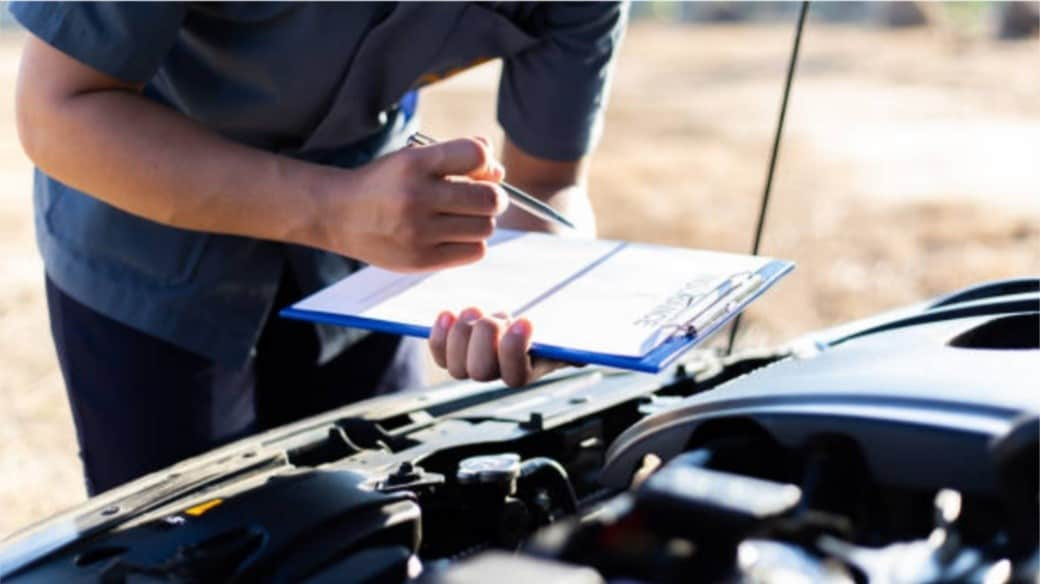All Categories
Featured
The check engine light (CEL) is among the most vital warning systems in your cars and truck, yet it usually creates complication or worry for many vehicle drivers. Understanding what this light stands for and how to handle it can save you time, cash, and unnecessary stress and anxiety. This overview gives a summary of what sets off the CEL, its prospective ramifications, and the steps you need to take when it illuminate.
What Does the Examine Engine Light Indicate? The CEL becomes part of your car's onboard diagnostics system (OBD), which checks engine performance and discharges. When the system identifies a problem that requires your attention., it brightens.
Strong Light: Signals a non-urgent issue yet one that need to be addressed soon, such as a sensing unit malfunction or emissions-related concern. Blinking Light: Suggests a vital problem like an engine misfire. Driving in this problem can create severe damages, so immediate activity is required. Typical Sources Of the Check Engine Light. The CEL can light up for a variety of reasons, some minor and others more extreme. Right here are several of one of the most regular reasons:

Loose or Damaged Gas Cap:
A loose gas cap can compromise the gas system, causing the CEL. When the light comes on, monitoring and tightening the cap is an easy very first step. Faulty Oxygen Sensing Unit:
This sensing unit monitors the air-to-fuel ratio in your engine. A malfunction can decrease gas efficiency and increase emissions. Malfunctioning Catalytic Converter:
The catalytic converter assists reduce harmful exhaust discharges. Disregarding various other engine issues, like misfires, can bring about catalytic converter damage. Trigger Plug or Ignition Coil Issues:
These elements are crucial for beginning and running your engine efficiently. Regular upkeep can prevent wear and failing. Mass Air Movement Sensing Unit Problems:
This sensor gauges the quantity of air going into the engine to make certain optimum performance. A defective or unclean sensing unit can minimize performance and power. Actions to Take When the Inspect Engine Light Begins. Examine the Gas Cap:
If the light turns off after driving a couple of miles,See and tighten the cap. Observe the Automobile's Habits:
Keep in mind any kind of unusual signs and symptoms like harsh idling, reduced power, or odd sounds. Check the Codes:
Use an OBD-II scanner to get difficulty codes stored in your auto's computer system. Several auto parts stores supply this solution totally free. Visit a Technician:

If the light remains on or is blinking, take your vehicle to a professional for a thorough diagnosis. Stopping Examine Engine Light Issues. Proactive upkeep is the very best means to avoid CEL troubles. Adhere to these suggestions:
Stick to a Regular Upkeep Set Up: Adjustment your oil, replace filters, and check spark plugs in a timely manner. Examine the Gas Cap: Change damaged caps to protect against leakages in the fuel system. Use Top Quality Gas: Poor-quality gas can add to sensing unit and discharges concerns. Why Prompt Activity Issues. Overlooking the CEL can result in much more extreme troubles, such as engine damage or pricey repair services. A small issue like a loose gas cap can snowball right into a major expenditure if disregarded.
Verdict. The check engine light is a necessary tool for preserving your vehicle's health. By comprehending its objective and reacting promptly, you can stay clear of unneeded fixings and maintain your car running efficiently. The next time the CEL begins, remember to remain calm, examine the essentials, and speak with a specialist if required.
Latest Posts
Uncover the Best Auto Repair Deals in Montclare, Chicago
Published en
1 min read
How to Know When Your Car Needs Skilled Auto Repair at Montclare Auto Repair
Published en
1 min read
The Benefits of Regular Car Maintenance at Montclare Auto Repair Reduces Costs
Published en
1 min read
More
Latest Posts
Uncover the Best Auto Repair Deals in Montclare, Chicago
Published May 27, 25
1 min read
How to Know When Your Car Needs Skilled Auto Repair at Montclare Auto Repair
Published May 27, 25
1 min read
The Benefits of Regular Car Maintenance at Montclare Auto Repair Reduces Costs
Published May 22, 25
1 min read